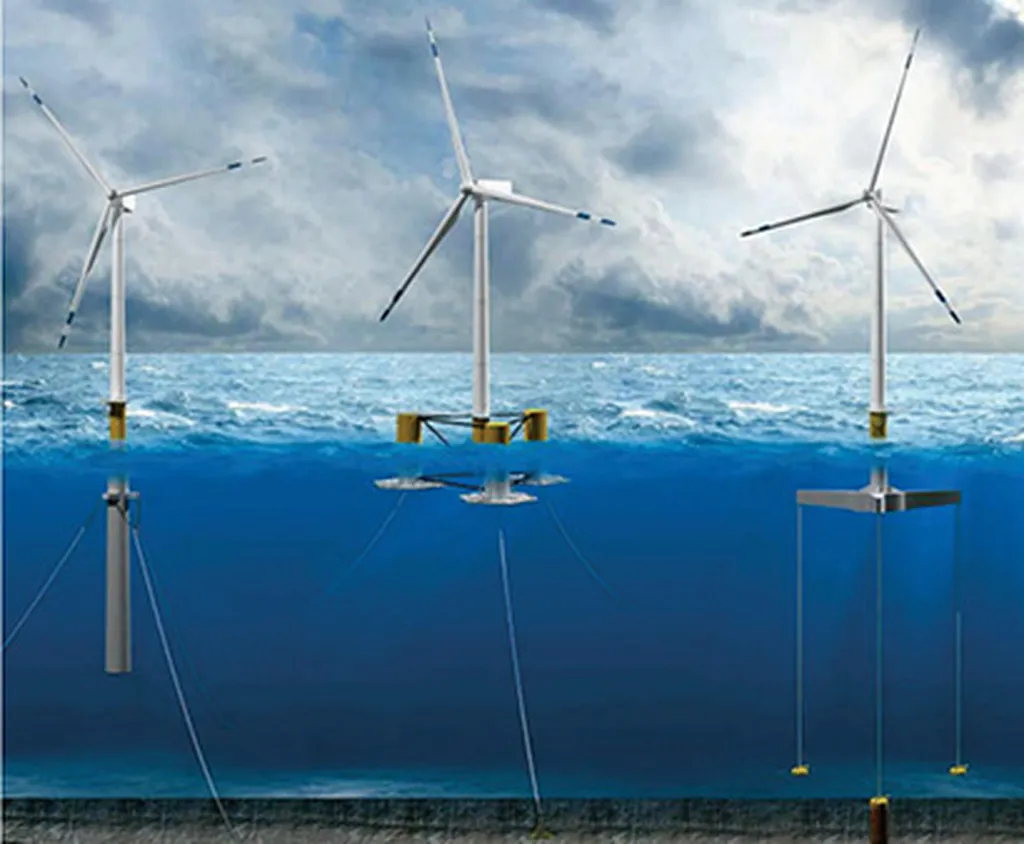Researchers from the Federal University of Rio Grande in Brazil have published a study examining the impact of ocean eddy dipoles on wind-generated waves, which could have implications for the offshore wind energy sector. The study, titled “Current effects on wind generated waves near an Ocean Eddy Dipole,” was published in the Journal of Physical Oceanography.
Ocean eddy dipoles are common mesoscale features found across global oceans, but their interaction with waves has not been extensively studied. The researchers used the WW3 wave model to conduct idealized numerical simulations, assessing how different configurations of eddy dipoles affect the spatial variability of significant wave height (Hs). They also performed a two-month hindcast of a strong dipole event in the Southwestern Atlantic Ocean using three distinct surface current products: SSalto/Duacs, HYCOM NCODA, and GlobCurrent.
The study found that the greatest increase in wave energy occurs in the region between the peak values of positive and negative vorticity, where opposing surface currents reach their maximum intensity. Essentially, dipoles act like converging lenses for surface waves, channeling their refraction towards the central jet. Among the surface current products used, HYCOM, which incorporates ageostrophic effects, provided a more detailed representation of oceanic energy compared to GlobCurrent and SSalto/Duacs, which primarily reflect geostrophic components.
However, despite its poorer spatial and temporal resolutions, SSalto-Duacs surface current data provided more reliable significant wave height fields in the study region, where geostrophic dynamics are expected to be significant or even dominant. The researchers noted that HYCOM captures a broader range of dynamical processes, essential for accurately representing the total energy, though discrepancies with SSalto/Duacs data may arise from assimilation inaccuracies and model limitations.
For the energy sector, understanding these interactions is crucial for predicting wave conditions in areas where offshore wind farms are planned or already operational. Accurate wave predictions can help in designing more resilient offshore structures and improving the overall efficiency and safety of offshore wind energy projects. The findings of this study contribute to a better understanding of wave-current interactions, which can ultimately aid in the optimal placement and operation of offshore wind farms.
This article is based on research available at arXiv.

